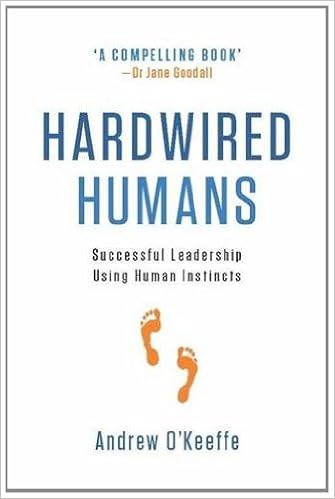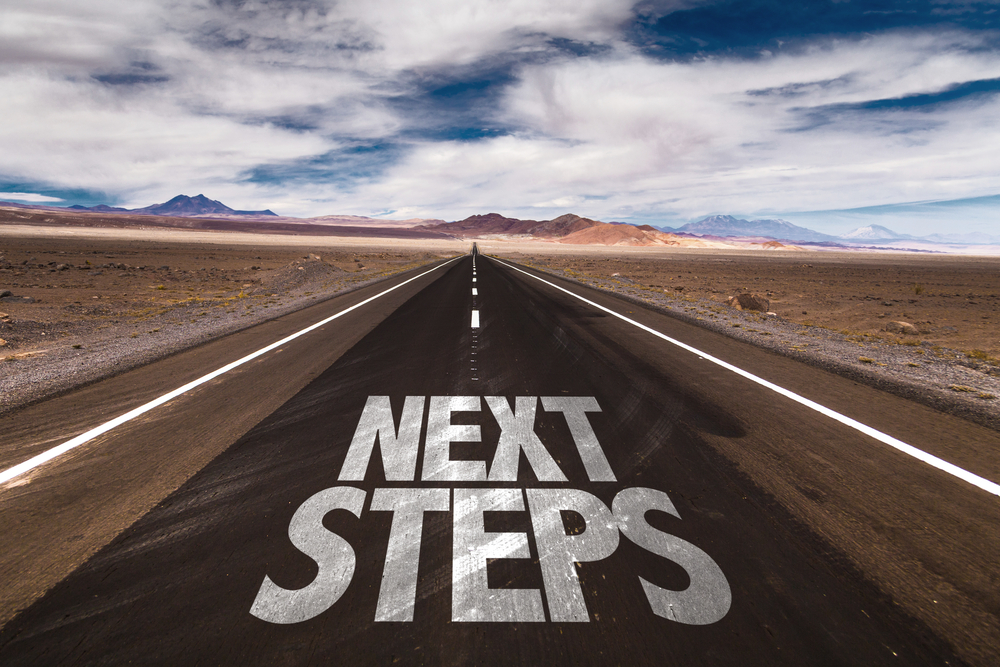In the 100 years of leadership practice, one subject we haven’t yet solved is change management. There must be something  missing in our leadership of change. The missing element is that we have ignored, or at least misread, what really happens when humans face change.
missing in our leadership of change. The missing element is that we have ignored, or at least misread, what really happens when humans face change.
Conventional thinking has us believe that “people resist change.” But that can’t be true otherwise we’d be still living in caves. And it’s not true in our personal lives – many changes we welcome. Conventional thinking about change denies human nature.
At our core, humans are social animals. In Hardwired Humans: Successful Leadership Using Human Instincts, I explore how our nature as social animals is influenced by the instincts of clan connections, hierarchy, gossip, politics, snap judgments, status displays and sexual competition. From this understanding we see that a better way to influence change is to understand what really happens when people face change. What is actually happening is explained by the interplay of three human instinctive drivers: Emotion Before Reason, First Impressions to Classify and Loss Aversion.
When change is presented to people they have a need to classify – to make sense of the possible impact of the change to them. We do so from our very first impression based on how we are feeling. Our classification categories are binary in nature, on a variation of “good” versus “bad.” When people first hear about a change they are compelled to classify the change as either “gain” (good) or “loss” (bad). But of course generally when people first hear about a change they are not yet able to really know the impact of the change to them. And if we can’t accurately classify, then the default is to assume the worst – the instinct of Loss Aversion. This is because humans, like other creatures, are more driven by the avoidance of loss than the opportunity to gain.
In the human instincts framework there are 9 Essentials for leading change. Just giving one example, we will Influence the Classifying Moment. As leaders of change we will seek to influence how people feel the very moment they hear about the change. At that classifying moment people are going to decide either (a) this change is “okay” or (b) this change is “bad.” If we are careless in the way we announce the change, or leave it to the rumour mill, or leave it to a town hall briefing – where people are initially uncertain – then people will tend to err on the negative. And from there the change leaders will have the challenge of responding to negativity and managing the weeks or months of anxiety and distractions.
With knowledge of human instinctive behavior we can better implement change. We can make informed choices in the way we design and implement change and we have a predictive framework for knowing what will work and what won’t.
Learn More:
- Attend the webinar A Culture of Collaboration: Lessons from Hardwired Humans with Andrew O’Keeffe – January 26th, 2017 – 3:00 pm EST
- Visit the Hardwired Humans website
- Buy a copy of Hardwired Humans
- Contact Andrew O'Keeffe at andrewo@hardwiredhumans.com





